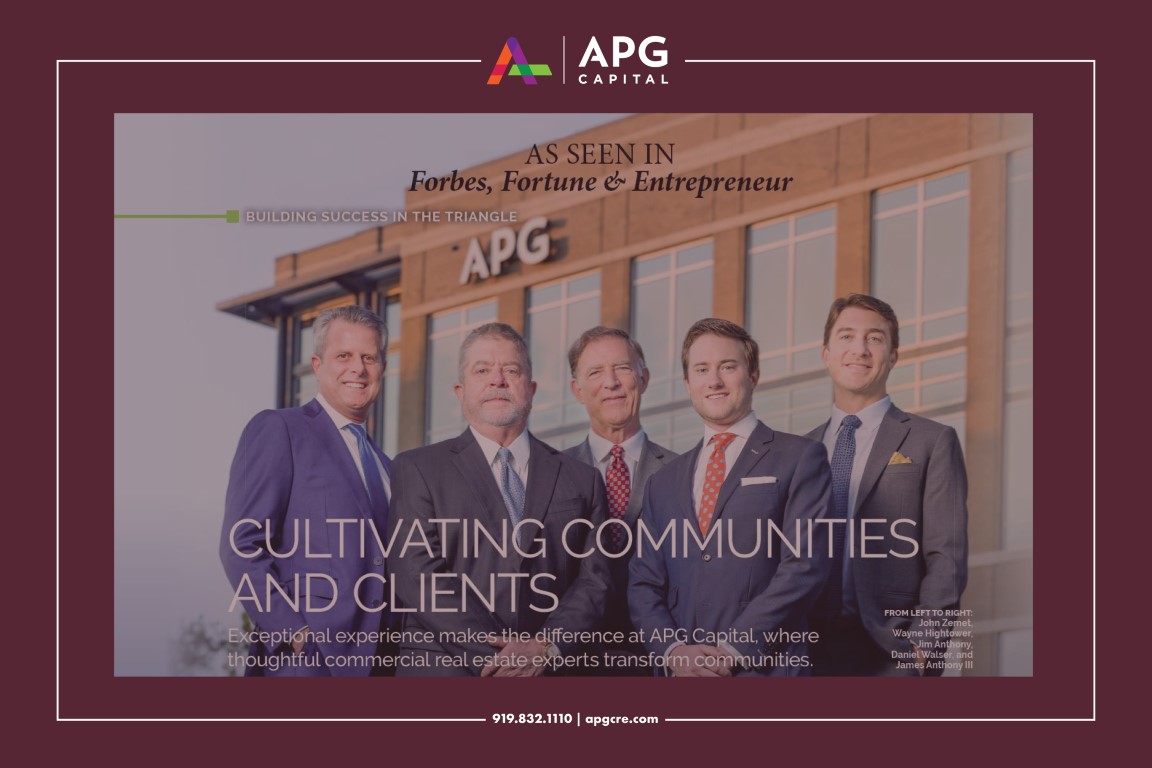
The Southeast office market is transforming remarkably, fueled by rapid population growth, shifting workplace dynamics, and a steadfast demand for quality spaces. We shared our insights in the December issue of the Southeast Real Estate Business. For the full article, click here.
APG’s key takeaways:
Population Growth Fuels Demand
The Southeast’s allure lies in its affordability, favorable geography, climate, and abundant job opportunities. With Florida, Georgia, Tennessee, and the Carolinas at the forefront, the region attracted over 2 million new residents in the past year, cementing its status as a top destination for national in-migration. This population influx has increased demand for office space, particularly in sectors like life sciences, technology, and professional services, even as footprints shrink for better efficiency.
Flight to Quality
Tenants are consolidating into amenity-rich Class A properties, with over 70% of leasing activity in 4- and 5-star spaces. Tenants prioritize spaces that offer advanced technology, sustainability, and proximity to amenities like retail, dining, and transit hubs.
Leasing
While leasing volumes in the Southeast are slightly below pre-pandemic levels, they remain relatively resilient compared to other US regions. Net absorption has been positive in high-growth metros like Miami and Nashville. At the same time, markets like Charlotte, Raleigh/Durham, and Atlanta grapple with elevated sublease space availability and negative absorption in traditional office sectors.
Rent Trends: Strength in Quality Amid Declines
Miami and Orlando have seen year-over-year rent increases of 5.1% and 2.7%, respectively, well above the U.S. average of 1.0%. However, rent declines in older, isolated, large office properties have been significant, with effective rents dropping 10% to 20% in some cases.
Despite the challenges, rent growth across the Southeast remains relatively strong in new infill mixed-use locations compared to national trends.
Investment Activity: Private Capital Takes the Lead
The Southeast office market has seen a marked slowdown in office investment transaction volume, reflecting reduced investor and lender appetite. Rising interest rates and tighter lending conditions have deterred institutional investors, resulting in a shift toward private capital. When there are sales, family offices, private equity firms, and regional investors are stepping in to acquire value-add and distressed assets.
Vacancy
Vacancy rates across the Southeast vary widely. Miami boasts one of the lowest rates at 8.5%, reflecting its strong demand for high-quality space. In contrast, Nashville, Raleigh, and Birmingham face higher vacancies, with direct vacancies between 11.5% and 12.5%.
Sublease space remains challenging, particularly in secondary markets, where tenants offload excess capacity at steep discounts.
Construction
Speculative construction is declining across most markets, with developers prioritizing build-to-suit and medical office projects.
Private Capital Leads Investment
Rising interest rates and tighter lending conditions have deterred institutional investors, resulting in a shift toward private capital. When there are sales, family offices, private equity firms, and regional investors are stepping in to acquire value-add and distressed assets.
A Return to Office?
Recent national surveys from KPMG, Kastle, and SPS North America reveal a sharp rise in executive confidence about the return to in-person work. Per KPMG, nearly 80% of CEO respondents anticipate a significant shift back to the office within the next three years—up dramatically from survey results even earlier this year.
Outlook
In short, the Southeast remains the place to be on the East Coast for office investing. The long-term trends are simply too strong to keep our markets down for the long term. However, with the huge volume of debt maturities rushing at us, 2025 will be the biggest challenge office investors, owners, and lenders will ever face. Smart investors will find pathways and properties to make generational wealth through “once in a lifetime” opportunities. As always, “He who has the gold makes the rules.”
Recent Posts
April 4, 2025

March 24, 2025
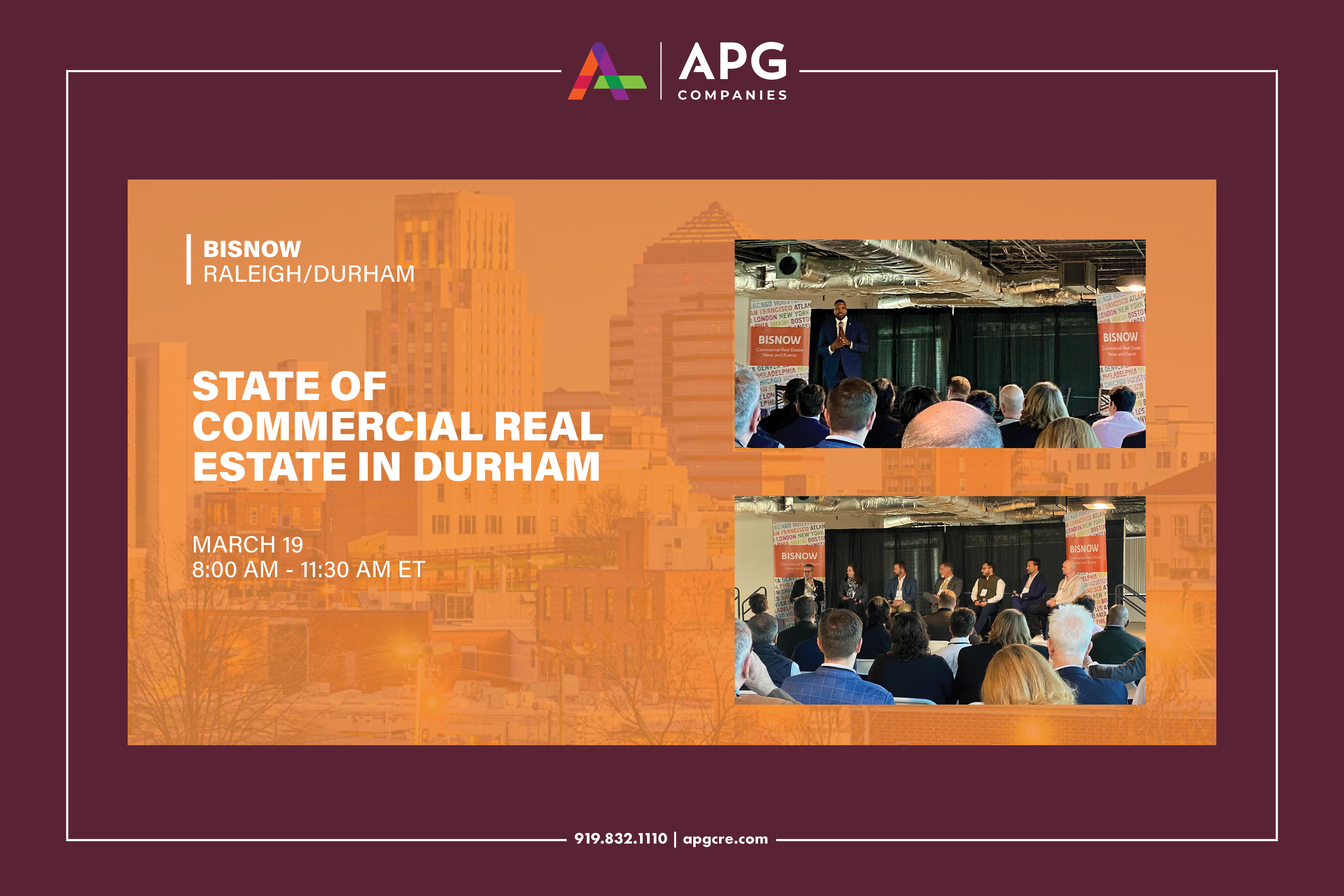
February 21, 2025

February 13, 2025

January 24, 2025

January 7, 2025
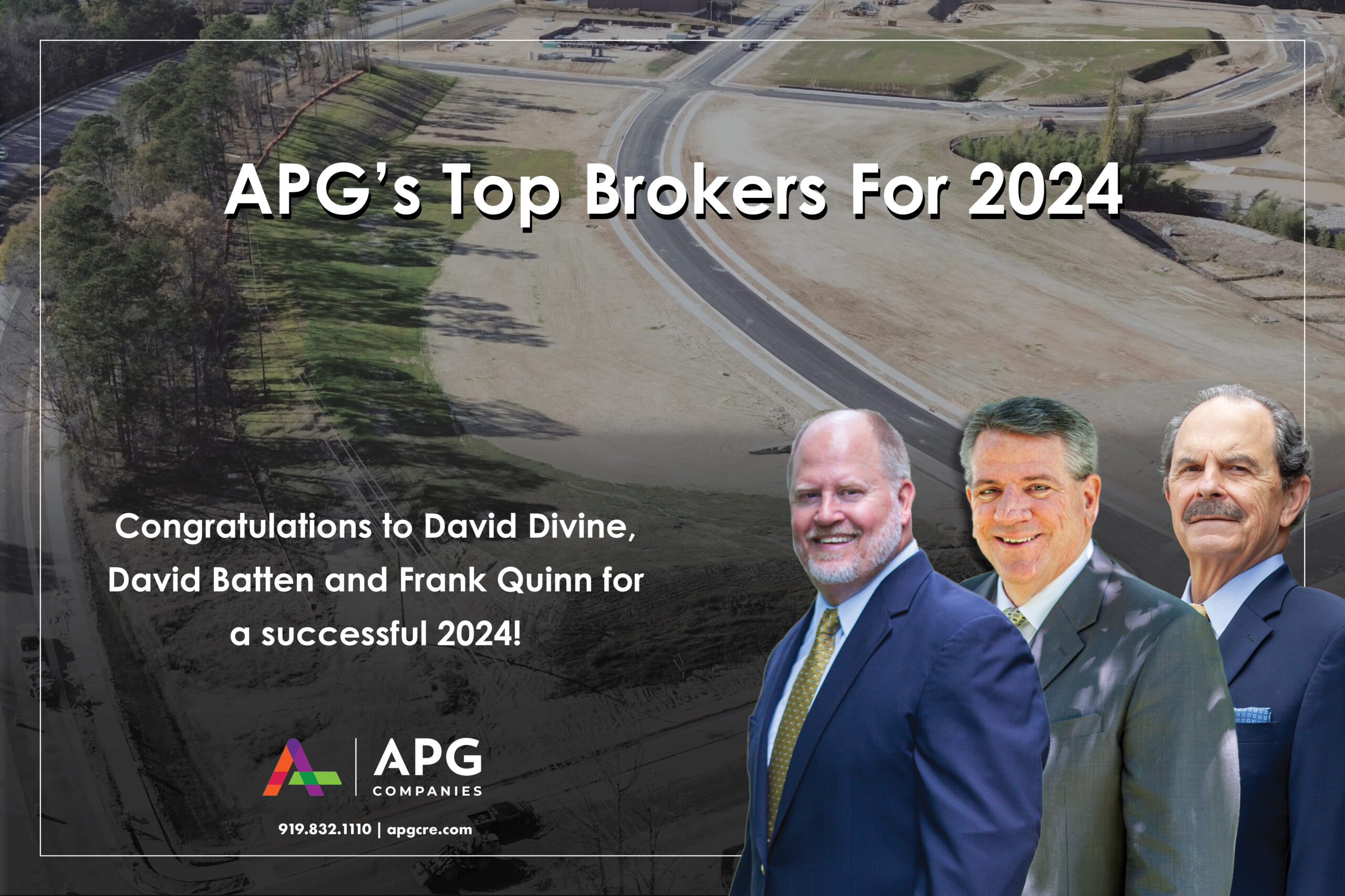
January 3, 2025

December 11, 2024
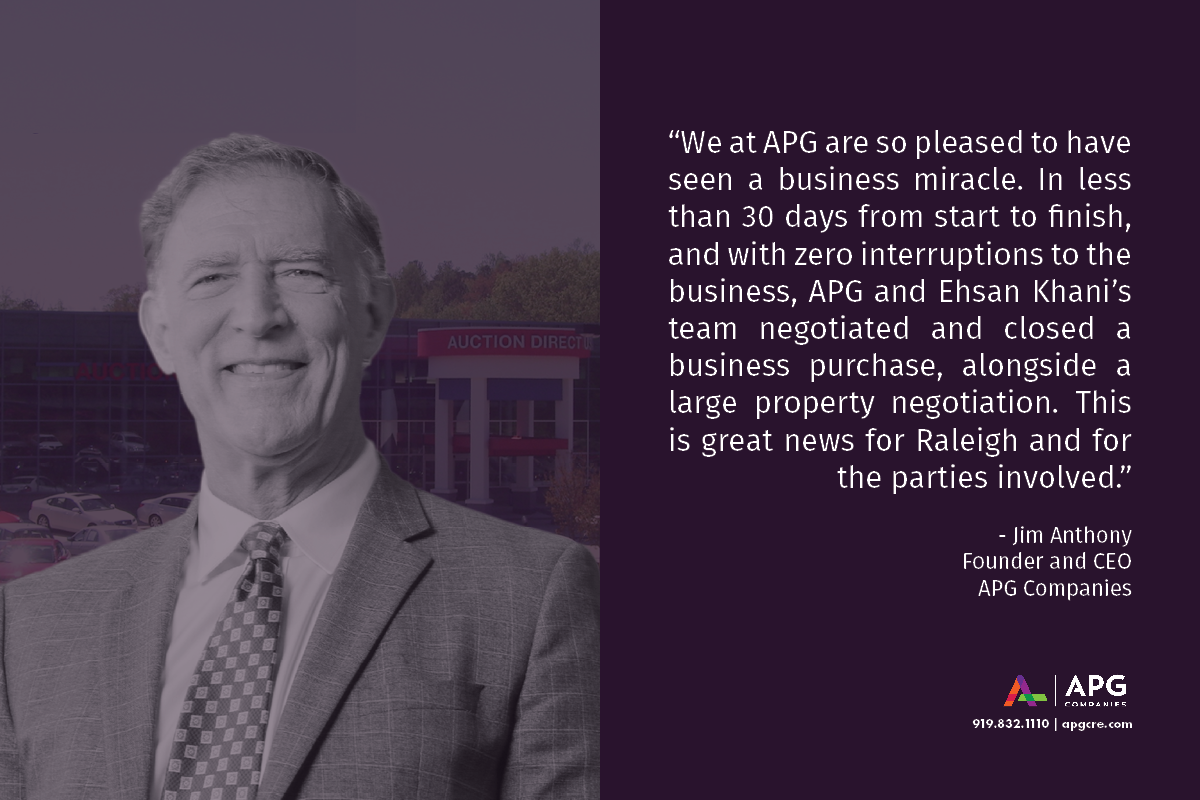
November 19, 2024

November 7, 2024

November 6, 2024
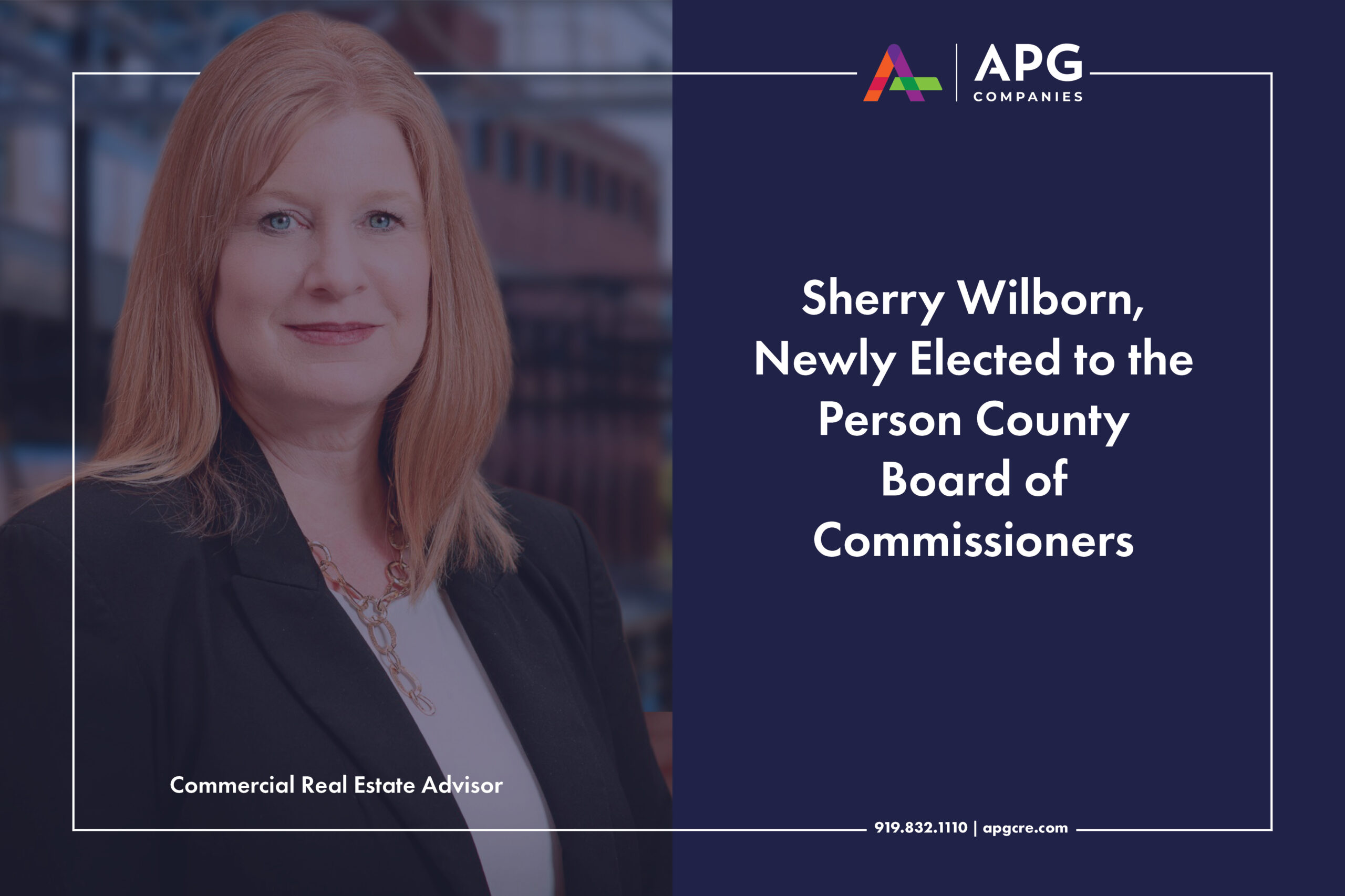
October 31, 2024
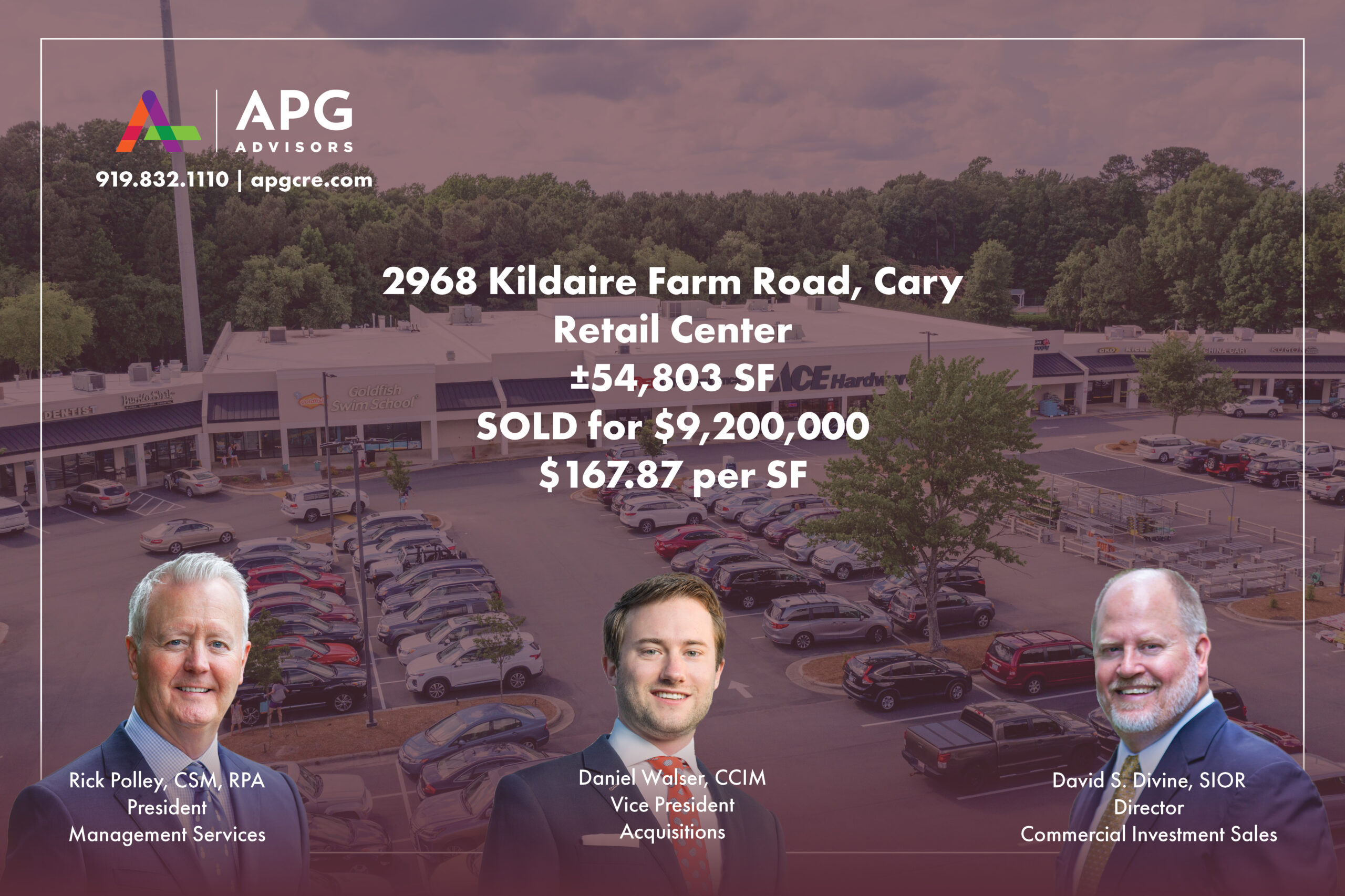
September 13, 2024

September 12, 2024
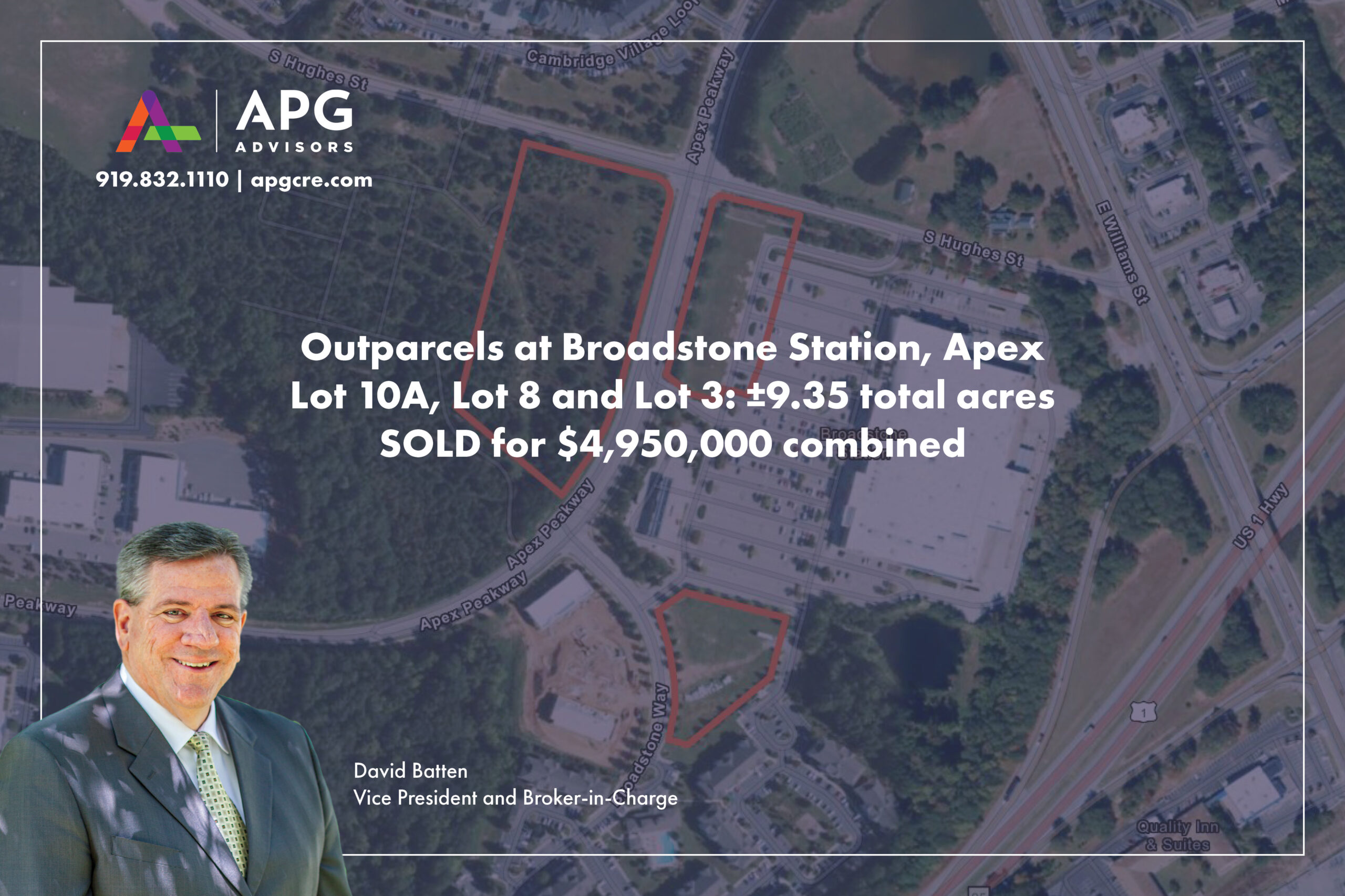
August 28, 2024

August 9, 2024

August 2, 2024
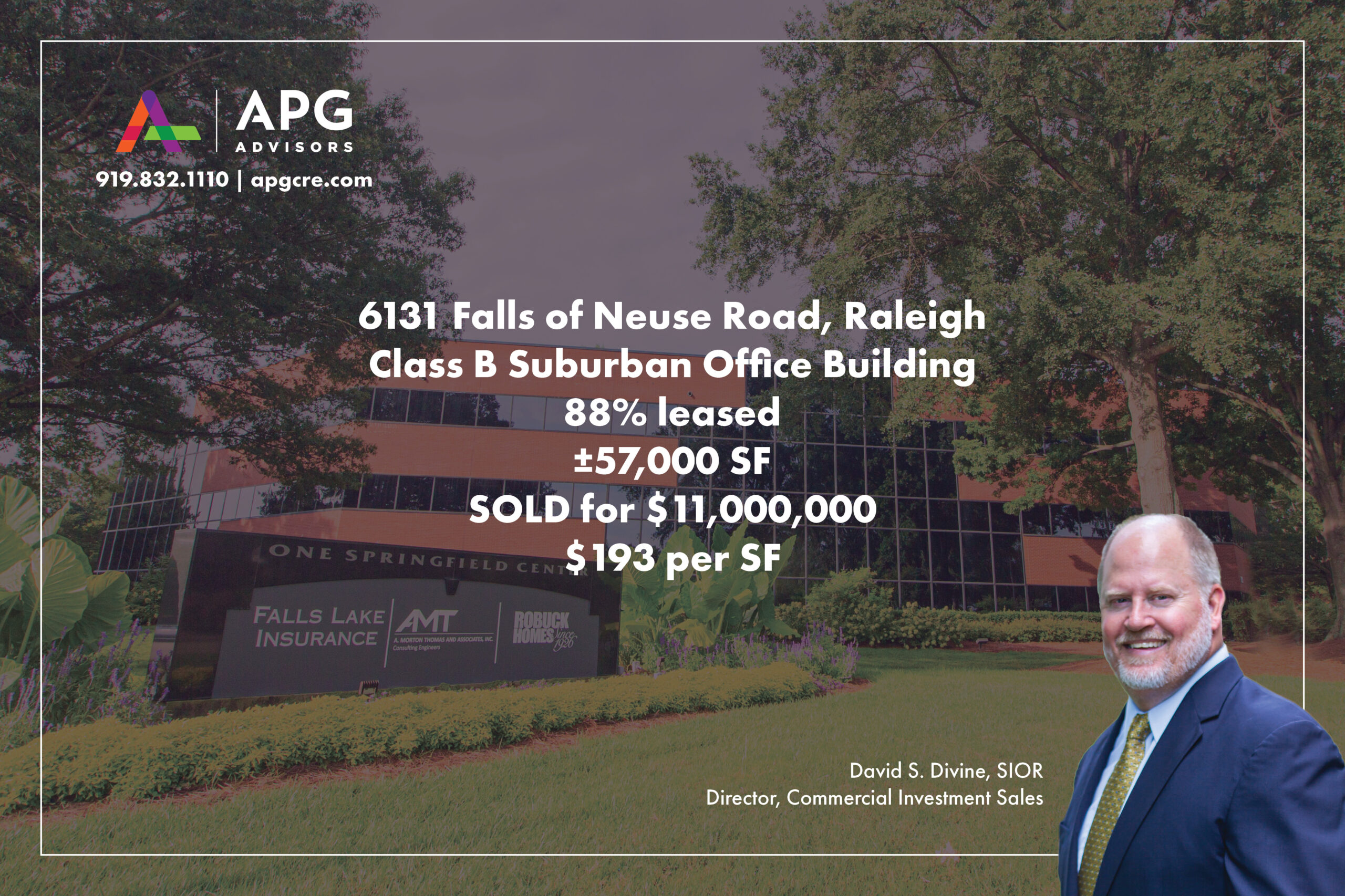
July 9, 2024

June 13, 2024
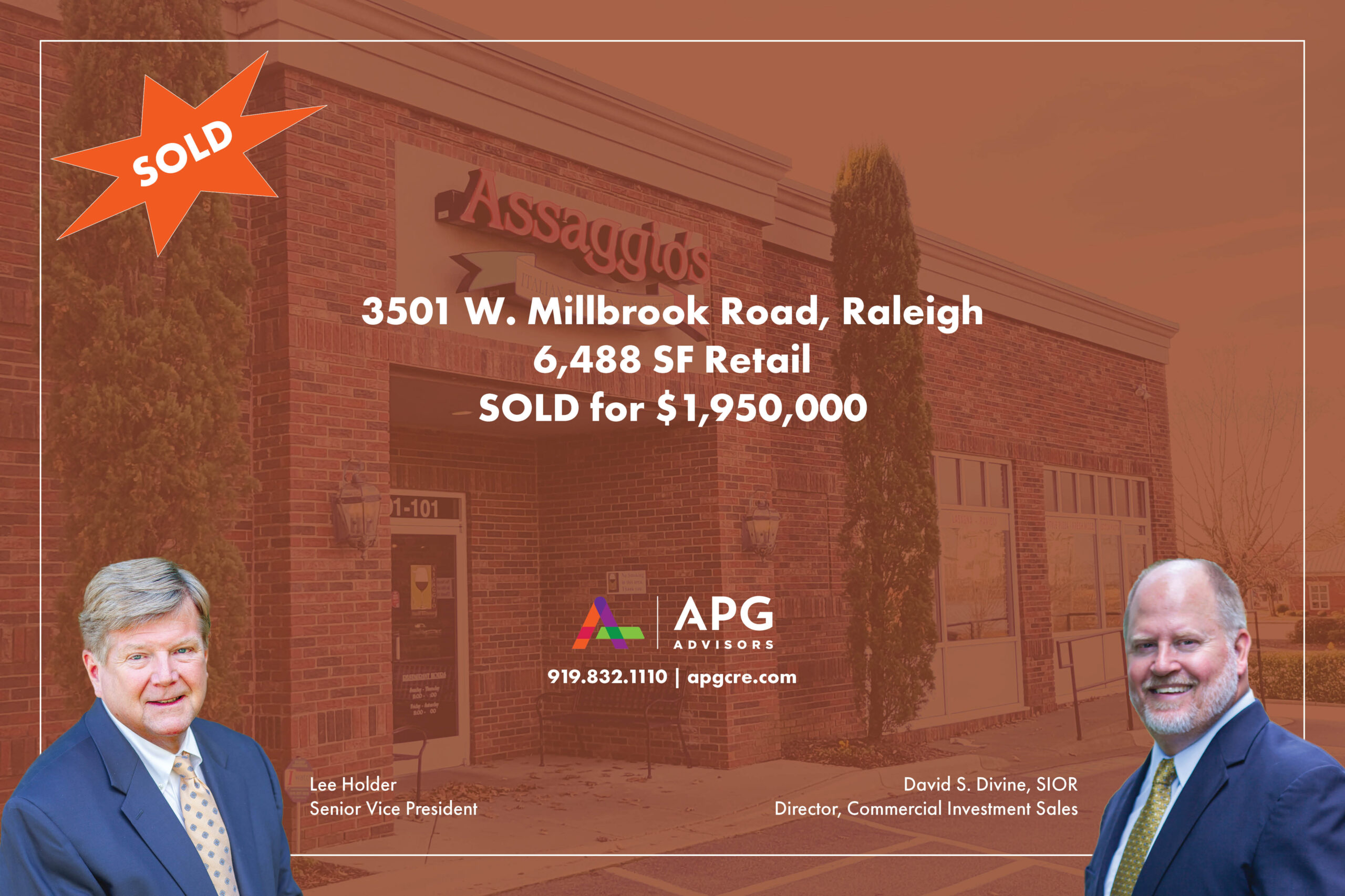
May 31, 2024

May 31, 2024

April 22, 2024
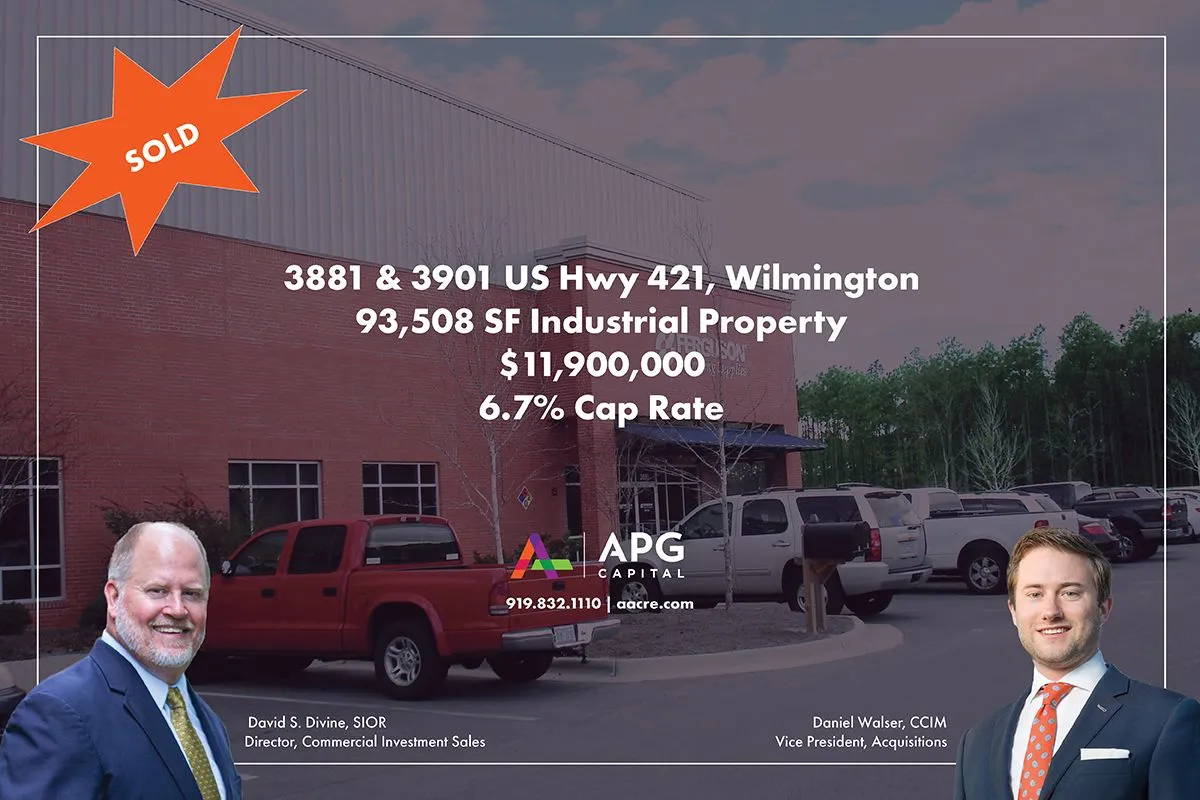
April 16, 2024

April 10, 2024

March 29, 2024
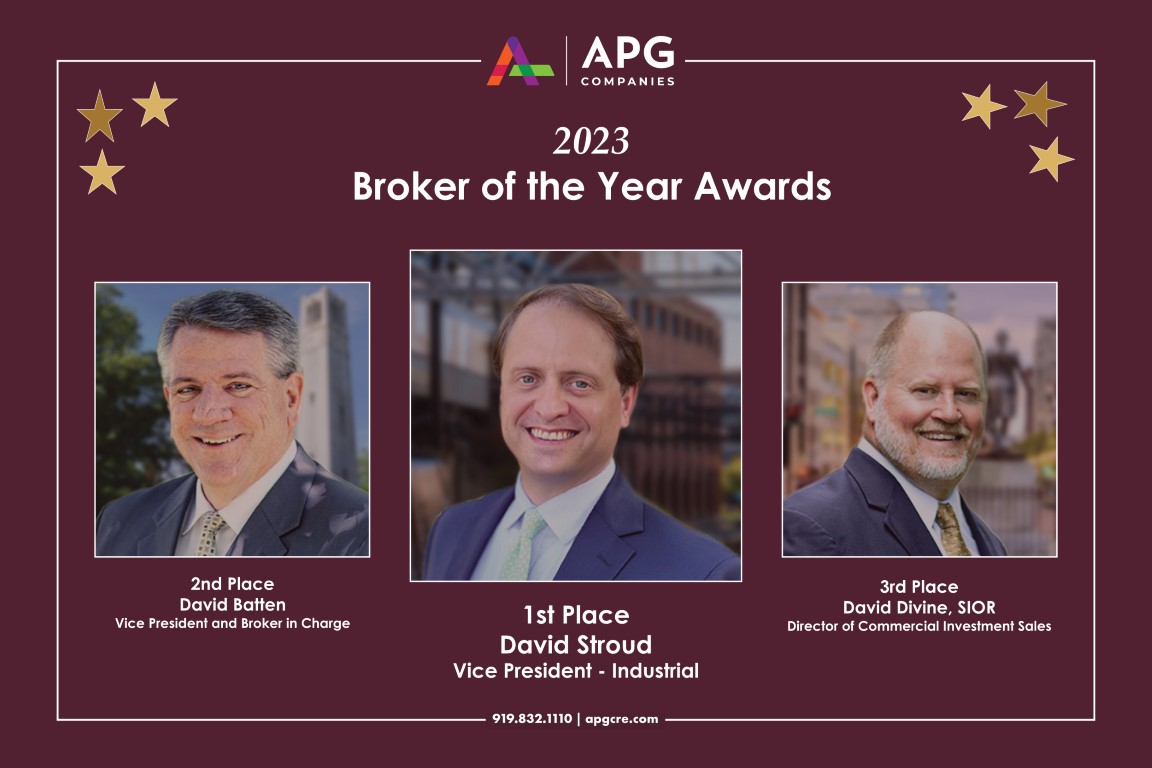
February 28, 2024
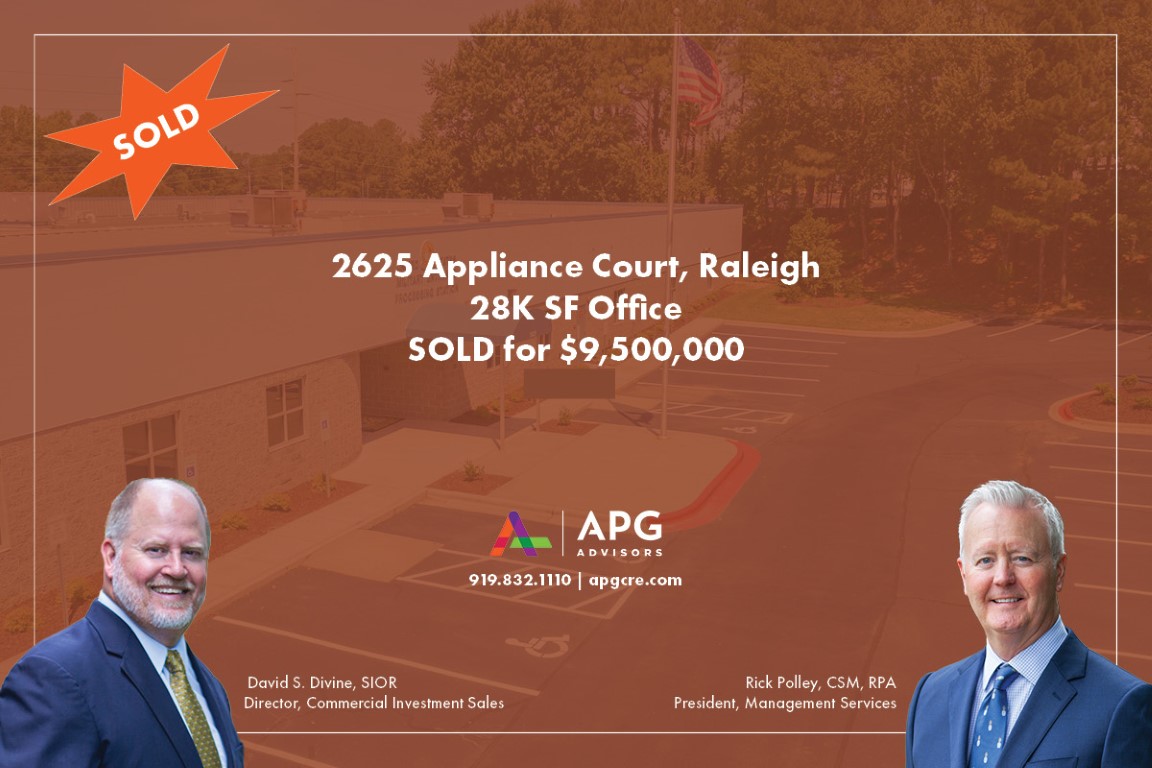
February 22, 2024

December 14, 2023
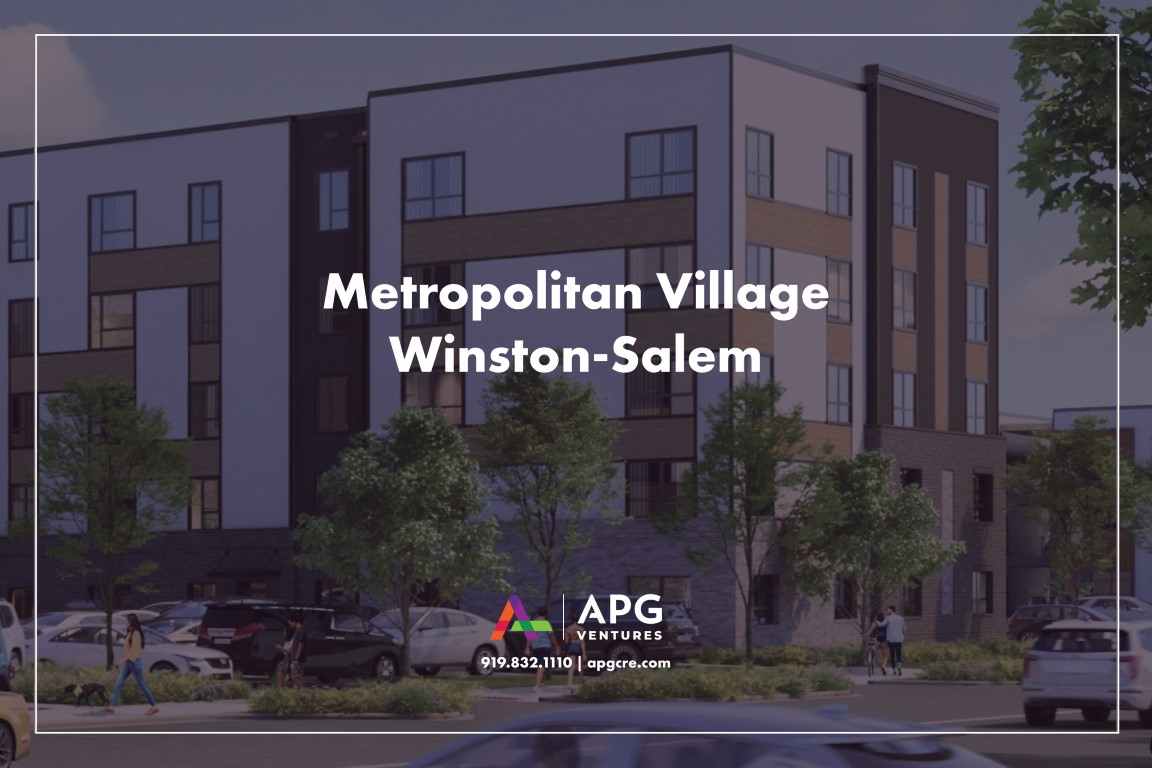
October 31, 2023

October 12, 2023
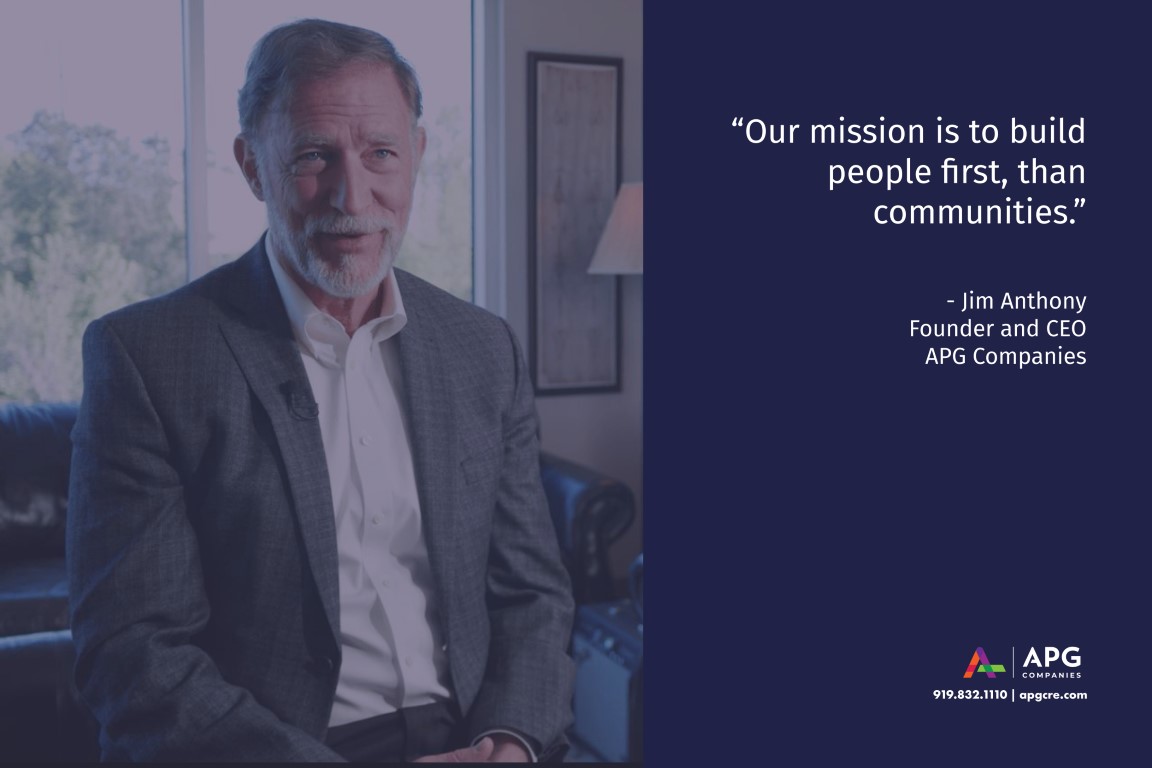
August 9, 2023
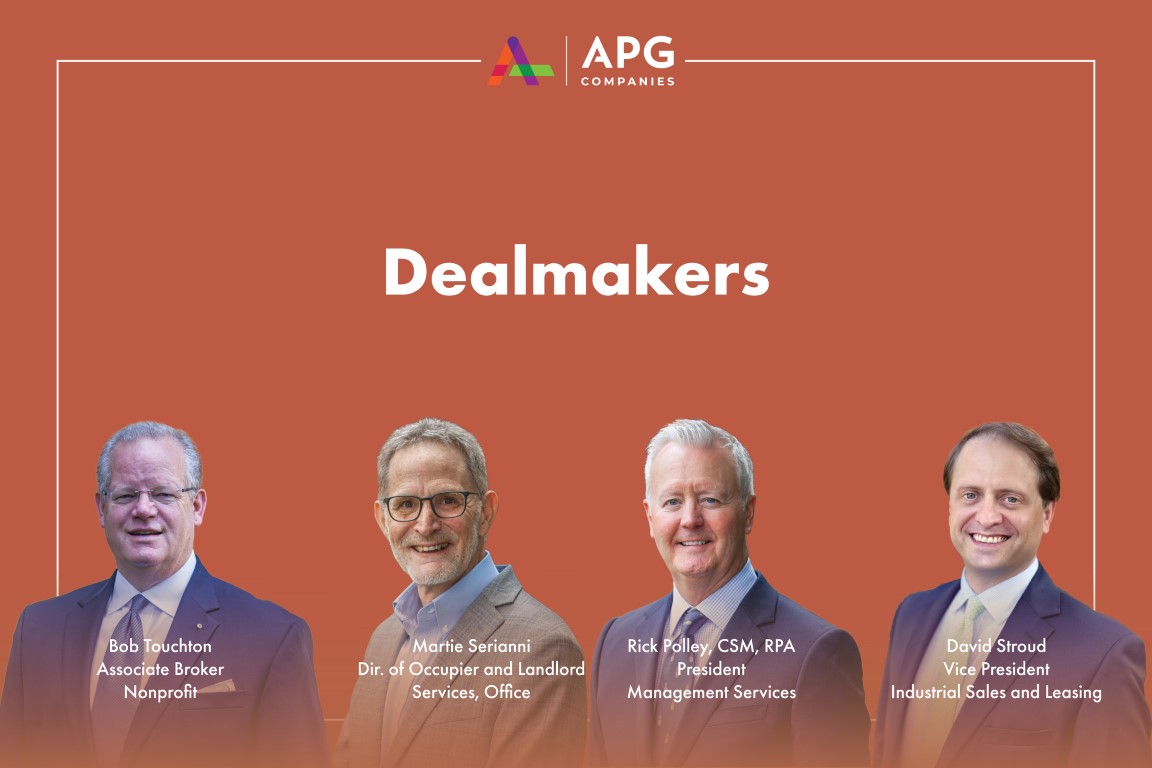
May 24, 2023

April 25, 2023

March 16, 2023

February 9, 2023

January 23, 2023
